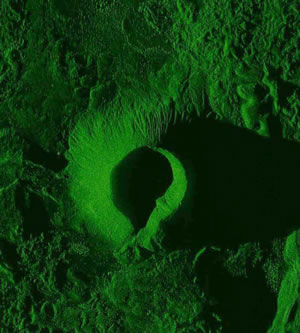
Work on the Multi-Platform Radar Technology Insertion Program (MP-RTIP) is progressing, with the sensor and first software baseline delivered to Edwards Air Force Base, Calif., for integration on a Global Hawk unmanned aircraft. Forthcoming flight testing conducted up to this point has been performed in Mojave, Calif., on a scaled composites test bed aircraft, known as “Proteus.” A total of 259 test flights were completed, with 1,062 hours of radar “on” time.

MP-RTIP capability was operationally demonstrated for the Army during a recent ground exercise at the National Training Center in Fort Irwin, California, where the MP-RTIP sensor was flown to demonstrate its unique capabilities in an operationally relevant environment. “Several members of the Operations Group at the NTC were pretty happy with what they saw” said Col. Jim Shaw, MP-RTIP program director.
Shaw said the systems tests confirmed ground moving target indicator (GMTI) and synthetic aperture radar (SAR) dedicated modes, where each of the modes operated separately and serially. The tests on the Global Hawk will employ the two modes concurrently and simultaneously. The Proteus will continue test flying the MP-RTIP on nine flights, assessing improved performance of concurrent radar modes. Colonel Shaw said that operating the radar in this concurrent (SAR+GMTI) has been a technical challenge, since operation of the two modes in most SAR/GMTI radars has sofar been limited to serial operation. Providing the two modes simultaneously ensure that warfighters can collect SAR data without interrupting GMTI tracks. Northrop Grumman is also developing maritime surveillance and maritime imaging modes for the MP-RTIP radar.
After the concurrent mode testing is completed, the MP-RTIP team at the Electronic Systems Center (ESC) will move into a support role, as the Global Hawk Program Office at Wright Patterson AFB, Ohio, will have the lead as the new sensor is integrated into the RQ-4B Block 40 aircraft. 16 new Global Hawk aircraft scheduled for delivery beginning in 2011 will be equipped with the new radar. These aircraft are scheduled for fielding in Grand Forks air force base in North Dakota.
















